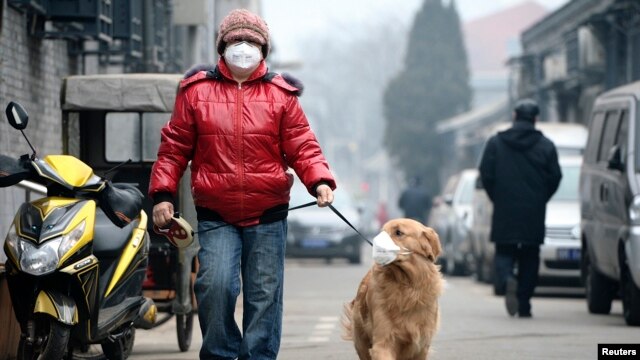Delta4Embassy
Gold Member
Air pollution, genetics combine to increase risk for autism
"Dec. 2, 2013 Exposure to air pollution appears to increase the risk for autism among people who carry a genetic disposition for the neurodevelopmental disorder, according to newly published research led by scientists at the Keck School of Medicine of the University of Southern California (USC)."
rest at link (bit of a technical read)
"Dec. 2, 2013 Exposure to air pollution appears to increase the risk for autism among people who carry a genetic disposition for the neurodevelopmental disorder, according to newly published research led by scientists at the Keck School of Medicine of the University of Southern California (USC)."
rest at link (bit of a technical read)




